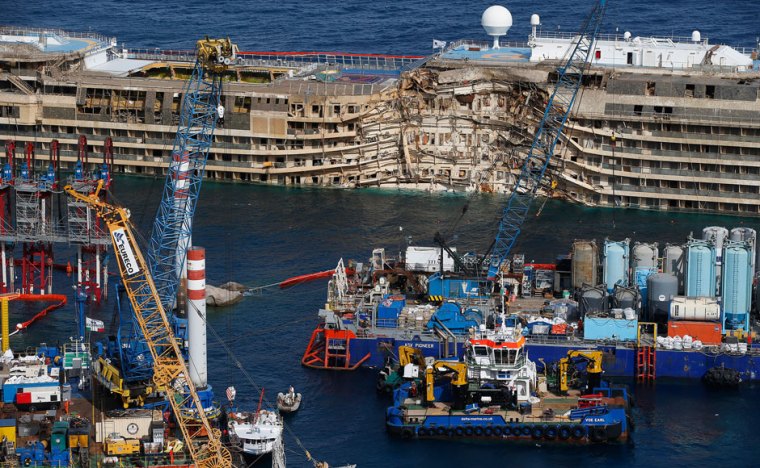I landed at Heathrow at 10PM and needed a ride to the airport Sheraton on Bath road. My phone was acting up so I wasn’t able to use the Uber app that worked earlier that day in Qatar, and in the preceding days in Abu Dhabi, Brisbane, Los Angeles, and London. So I did what any road-weary traveler would do – I hailed a taxi. As the driver picked up my roll-aboard he looked at me and framed his demand as a question, “You’re paying cash right?”
What? Of course I am – I’ve been held captive by cabbie’s all over the world – and though I have tremendous respect for the most professional among them, the London Cabbies, I know better than to negotiate a credit card payment near midnight in the middle of nowhere (T4 is very quiet that late).
That four-mile drive lasted twenty minutes and cost my employer more than $30.
There are 400 airlines operating scheduled service around the globe, I don’t know how many hotel brands, or travel agencies exist, but ground transportation companies are part of a very fragmented industry. Until now.
I used four airlines to fly from Dallas, to Fiji, Australia, the United Arab Emirates, Qatar, and back to Dallas via London. The Western shore of Nadi, Fiji was the only place I couldn’t find Uber.
I’m not surprised by the polarized reaction discussions about Uber generate among travel managers. It’s hard to grasp how many problems Uber solved for globe-trotters and urban dwellers alike unless you’ve lived through it.
1. I can see where my car on the map in the Uber app before I request one.
2. I know the driver’s name and have his license plate before he arrives.
3. I can watch my journey in real-time on my phone while we travel to my destination – an address that I frequently plug-in before Uber arrives – which eliminates the three-minute discussion about where I’m headed and how to get there after the meter starts.
4. I get out of the car when I arrive at my destination. There’s no transaction or payment to the driver… no more lost cellphones or wallets because they’re safely tucked away before the driver pulled up to the curb. No more searches in his trunk to find those ancient multi-page slider-style receipts and listen to griping about how I needed to pay cash while he acts like it’s been months since anyone gave him a credit card.
5. No more brake-stompers, tail-gators, loud-music listening, cellphone talking, A**hole drivers who act like they’re doing you a favor. You know what I mean if you’ve ever taken a cab between La Guardia and Midtown. Because I get to rate the driver after every trip. And if enough of his customers think he lacks the manners or skills to get us to our destination safely his ratings will plunge and Uber will cut him loose. How many taxi companies use customer ratings to do that?
Guess what? Uber driver’s rate their passengers too – and I care about my score – because if I ever need a ride out of a rough part of town at three in the morning I know someone will already know I’m a decent human-being and pick me up while the drunks and suckers have to hail a cab.
I know – Uber doesn’t blah, blah, blah, insurance, blah, blah, blah… well, I’ve jumped out of airplanes from 1,000′ without a camera and it wasn’t to enjoy the freefall, and I’ve flown airplanes upside down. I spent a few years as a first-responder too – I don’t care about insurance – that’s a check to give survivors. I care about safety. Have you seen the car Bob Simon was riding in when he died? Here it is – the driver survived. I haven’t seen the full accident report, but early indications are that Bob was in the back and wasn’t wearing his seat belt.
If you really want your travelers to be safe tell them to buckle-up and only accept rides from Uber drivers with a 4.7+ rating.
Please hit “Like” and share this if you found it helpful.
Paul’s talk – “Personal Branding and Digital Footprints” is a discussion about how people connect, learn, and grow. He introduces ideas and techniques you can apply to achieve your goals, enhance your career, and help other people along the way.
Paul Laherty leads Deloitte’s relationship with several major airlines. Over the past fifteen years he’s led teams in Sales, Marketing, and Finance at American Airlines, Advito, Travelocity, Diio, and Cornerstone Information Systems. Paul’s an instrument-rated pilot, writer, speaker, world-traveler, former Army Officer, a husband, and father. He helps people and organizations achieve significance, travel safely, and think differently. Paul publishes at paullaherty.com, and is open to connecting on LinkedIn at LinkedIn/paullaherty, or twitter @paul_laherty.













